Feel Free to Express Your Colours
Canada is not only home to the young and free, but also the artistic. Arts and culture-related initiatives make considerable contributions to the well being of communities. Canadian artists stand for freedom of expression, a right that all Canadians should be capable of flexing. Art enriches and strengthens an individual's ability to exert their right to freedom of expression. Section 2(b) of the Canadian Charter of Rights and Freedoms guarantees everyone the fundamental freedom of thought, belief, opinion and expression, including the freedom of the press and other media of communication. The three core reasons that the right to freedom of expression is important are:
1) To ensure the free flow of ideas in a democratic society
2) To ensure free debate in order to allow truth to prevail in the market place of ideas
3) To ensure citizens' ability to self realize through expression is not restricted
According to Section 2(b) of Canada's Charter of Rights and Freedoms ensures everyone has the right to produce and share their art. If this is a right to Canadians, why is that the Canadian government has recently been making fatal cuts to arts funding?
Recent Cuts to Arts and Culture Funding in Canada: Governmental Perspective
1. Federal Government
Arts should be a top priority and heavily supported by the Canadian government. With the recent economic crisis that has hit Canada, the Conservative government has opted to cut arts funding. Prime Minister Stephen Harper recently sparked a culture war with a claim that "ordinary people" don't care about arts funding. Since entering office, Harper has cut $45 million arts and culture funding. Harper has been quoted saying that the average Canadian has no sympathy for "rich" artists who gather at galas to whine about their grants.
Although there are no statistics representing practicing artists income in Canada, it can be said, or assumed, that the majority of artists are not "rich" and most of these artists are, in fact, ordinary people.
2. British Columbia
Communities in British Columbia have been in an uproar over the B.C. Liberals
decision to earmark $10 million per year for the next three years for Spirit
Festivals to happen around the province in February. B.C. Arts Council board
member Tom Durrie urged the assembly not to participate in dispersing funding
for the Spirit Festivals. "The B.C. Spirit Festival's program is a blatant
political project designed to make artists and arts groups throughout British
Columbia promote and support the government's agenda," he wrote in a blog
post this summer. "In light of the fact that artists and arts
organizations throughout the province are reeling from severe cuts to their
funding, it seems ironic--I'm tempted to say offensive--that the Ministry would
now come up with an idea of a celebratory festival. What is there to
celebrate?"
How Art Functions in
Communities: Local Perspective
Advocators for the arts argue that arts are essential to a democratic society
and the enrichment of communities:
- The arts raise awareness of important issues facing communities and educate the public in powerful and creative ways." (Augaitis, Falk, Gilbert, & Moser, 1995).
- A positive means to be visible and heard is provided through the arts. (Smyth & Stevenson, 2005).
- Participating in the arts helps people develop their creativity. Creativity involves imagination and the ability to visualize. 'Seeing' situations as they might be in the future is a valuable tool for solving problems and changing situations. (Voluntary Arts Network, 2005)
- The experience of having control over one's life, gained both through creative and organizational activities, facilitates participation in public affairs and effective public consultation especially when it addresses local political issues. This experience encourages people at local level to take part in the re-generation of their community. (Voluntary Arts Network, 2005)
These above quotes clearly believe that arts are integral to a community,
whether it be a time of city flourishment or a time of rejuvenation. One would
argue that funding arts when people are without a job or home is a vane way to
spend public money. While it is understood that art is not a basic need for
survival, it should be explored as a basic need for the survival of
communities. Art "encompasses the world of values, motivations,
aspirations, attitudes, creativity; a world where hopes, dreams and plans
engage the heart and soul, not just within the psyches of individuals but
between them and among them at the heart of communities themselves."
(Hawkes, 2001) By participating in artist-initiatives, whether it be the
painting of a mural in an impoverished part of a city or running a small
art-based community centre for troubled children and teens, the creation of art
is an opportunity for people to express themselves and transform the world
around them.
"[The creation of art] is another way of constructing local history and
providing narratives which are more personal and directly related to the
experiences of communities and the people who live in them. There is
spontaneity to local culture, which far exceeds the descriptions, and analyses,
which can be made of it. The process is in constant evolution and by its very
nature challenges preconceptions of subjectivity, public discourse, and modes
of communication." (Burnett, 1966)
Image credit: http://www.printeresting.org/tag/space-1026/
Success of
Governmental Support of Arts and Culture
Quebec's Quiet Revolution began in the early 1960's and lasted until the end of
the 1970's. This time had been a period of dramatic social and political
change, indeed for the general public and artists. These years saw the decline
of the American supremacy in the provincial economy and of the Roman Catholic
Church's influence in the social sphere. It was also a time that saw the
expansion of emerging Quebec companies such as Hydro-Québec
and the emergence of separatist politics movements that created a fracture
among the French culture based province of Quebec and the rest of English
Canada.
These changes within Montreal influenced the social environment of the city and
struck a particular interest to the artistic community. The Quebec government
during and after the revolution where looking to foster the sense of place and
aimed to re-build its own identity. It's for these reasons that the Quebec
government started to explore the idea of independents art spaces, as local
artists looking to promote contemporary art that constituted these spaces. The
political idea was to encourage the creation of cultural identity for Quebec by
Quebecois artists and artworks connected to the local territory.
During the 1970's and 1980's Montreal suffered from an economical crisis that
saw the loss of the city's industrial sectors such as fur and timber
laboratories. The closing of these immaculate spaces left huge spaces that were
made affordable to budding artists. It was a fitting choice for artists'
collectives to take over these abandoned spaces. These large spaces promoted a
wide array of creative practices and ideas to fuse under one roof and also
allowed for cross-fertilization amongst altering art techniques and styles.
An artist co-operative is a democratic organization controlled by the people
who it is formed by. It is usually a not-for-profit organization that is more
focused on creative sectors rather than the commercial gain. While in the
1970's when artistic spaces were set up to represent the political, cultural
and gender movements of the times; Anglophone artists living in Quebec in 2010
are doing a similar thing. Being minorities, their artistic voice is an
integral one just as feminine voices were in the 70's.
Image credit: http://www.printeresting.org/tag/space-1026/
Conclusion
From the end of the19th century, schools or academias no longer open the door
to a career in art. Today, artists have to promote their practice primarily on
their own initiative, assisted by local gallery space and government funding.
It is a difficult task for practicing artists in the work field to obtain
grants from the Canadian government. On the other hand, a full-time job doesn't
allow an artist to flex his or her freedom to express him or her self. Thus,
the Canadian government should re-think it's position on the arts--inform
themselves on the positive benefits of art; how it can enrich and transform
community, create concepts of national identity in a time of crisis (as in seen
in Quebec), and add to the confidence of a strong, democratic peoples who are
free to ask questions and express their individual and collective concerns.
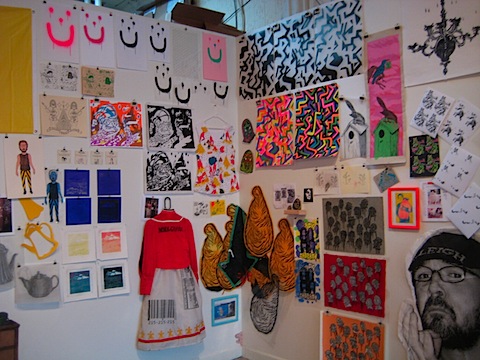 Image credit: http://www.printeresting.org/tag/space-1026/
Image credit: http://www.printeresting.org/tag/space-1026/
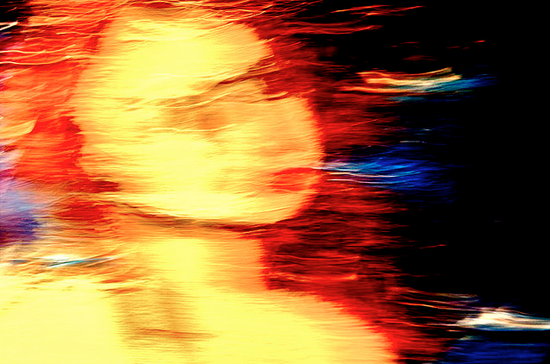
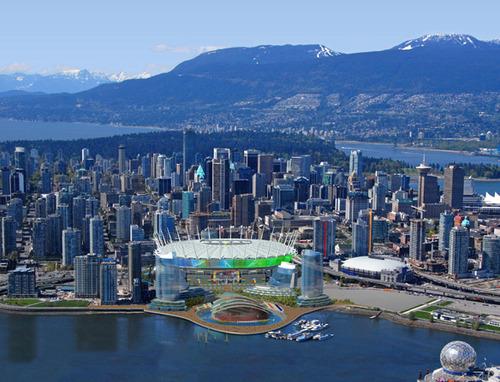
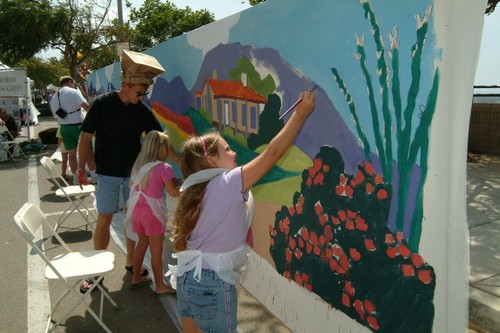
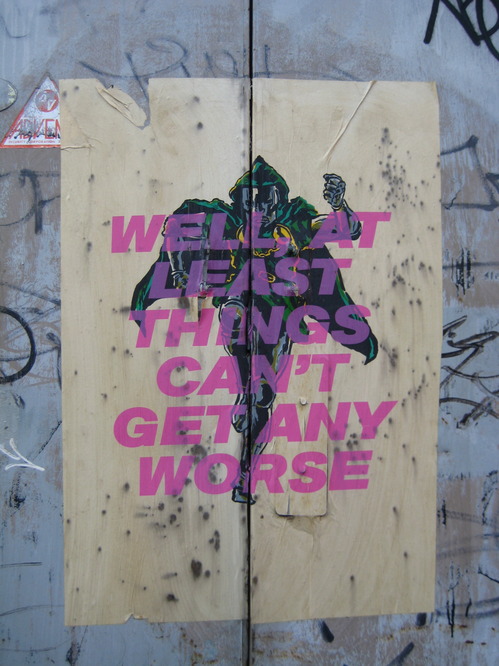
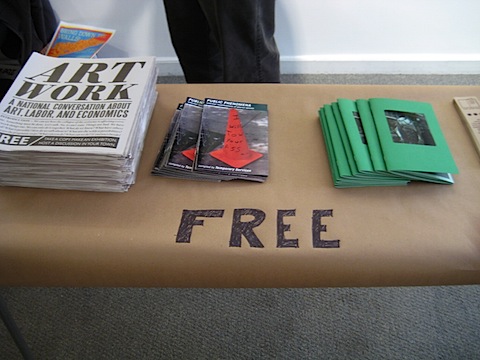

Leave a comment